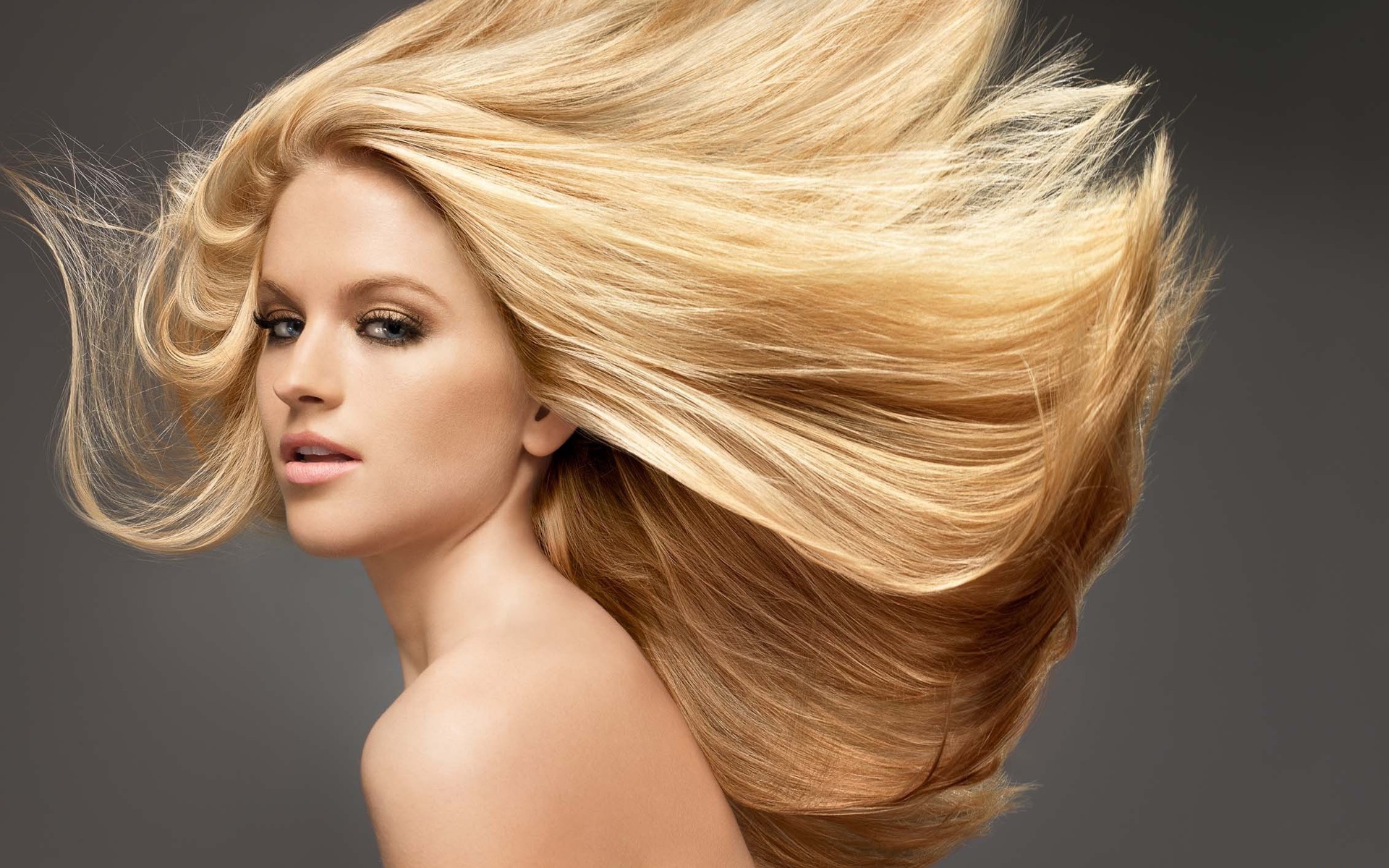
Color Treatment
Keeping up with your hair is a must if you want to maintain your gorgeous locks and it's beautiful color. Anything from how often your wash, your water temperature to skin tones can affect your final results.
Step 1. Keep the water temperature warm or lukewarm -- a hot shower can expand the hair cuticle, allowing pigment molecules to escape -- and don't feel compelled to shampoo daily if you don't have to, since detergents can prematurely fade dye. Color-treated tresses should only be cleansed and conditioned with "color-safe" products, which are brewed to prevent leaching pigment from your pricey dye job.
Step 2. Play up a pinkish complexion with hair color that has neutral or cool undertones since "gold and orange tones can conflict with skin that has a naturally rosy glow," says Kelly Van Gogh, founder of Kelly Van Gogh in New York City. "Ash," "champagne," "espresso" and "chocolate" usually indicate shades in your go-to categories. For pale skin that has a yellow base, try a warmer shade like strawberry blonde or ginger brown to offset any coolness.
Step 3. Women with Latin, Asian, or Mediterranean heritages can enhance their olive undertones by sticking with shades that don't veer too pale. Van Gogh advises clients to avoid dyes that are more than two levels lighter than their natural hair color so skin doesn't end up looking sallow. To warm up olive skin -- which has a yellow or greenish tint to it -- opt for hues with hints of "honey," "gold," or "auburn."
Step 4. Like olive-skinned beauties, those with darker complexions shouldn't select dyes that stray too much lighter than their natural color. When it comes to sussing out your best shade, use your skin's undertones as your guide. If your complexion tends toward the cooler side with tinges of blue or green, opt for a shade with warmer golden tones. If your skin has traces of pink, balance any ruddiness with a cooler, ashier shade.
Step 5. You don't have to get all gussied up for your colorist, but do wash your hair within 24 hours of arrival. Most pros only cleanse your hair postcolor, so sweat, sticky styling products, and even spray tanning can tamper with how well the pigment molecules adhere to your hair shaft. A messed-up mane can also prevent your colorist from gauging your hair's true tone, making it more difficult for her to find your perfect new hue. Make it easier on everyone and suds up before you sit down.
Step 6. After you color your hair red or brown, hold off on lathering up for 48 hours, since it takes about two days for dyes to neutralize. You want to ensure the dye fully deposits and settles properly without being disturbed by shampoo detergent. If you're going blonde -- which typically entails lightening locks by stripping out color rather than adding it in as you do with reds and browns -- you only have to wait 24 hours.
Step 7. You wouldn't leave the house without sunscreen, right? So apply that same UV vigilance to your hair. "UV light degrades proteins in the shaft, which weakens strands," says Jeni Thomas, a senior scientist at Procter & Gamble. Color-treated tresses are also more porous, leaving them extra vulnerable to oxidative damage from the sun, thermal heat, and environmental pollutants like smoke and smog. To safeguard your strands, spray on a broad-spectrum color protector that shields against both UVA and UVB rays before venturing al fresco.
Step 8. If you're not ready to embrace your glorious gray hair and you rely on a salon to take your mane back to blonde, brunette or red, ask your colorist to mix you a to-go cup of customized color. Focusing solely on the small swath of regrowth at the roots, paint on the dye two to three weeks postappointment or when new sprouts become more noticeable. Most colorists are more than willing to oblige, since a happy customer equals repeat business. If you're too uncomfortable to ask, you can also spritz on a root concealer, which temporarily deposits pigment much in the same way mascara coats eyelashes; the color lasts until the next time you shampoo.
Step 9. Colored hair can act like a sponge, unintentionally soaking up pigments from everyday products, so it's important for blondes and brunettes to be vigilant about avoiding orange-colored shampoos, conditioners, and styling products. If you've already detected a hint of hibiscus, try L'Oreal Paris Brass Banisher ($10), an ammonia-free gloss that counteracts carroty colors by depositing ashy undertones. Sunning, swimming, and showering can also strip your new shade -- protect your investment by spritzing on a UV-protective spray, using a shower filter, and rinsing tresses with fresh water before diving into the pool, which limits absorption of color-changing chlorine.
Step 10. Don't let that perfect shade of scarlet go right down the drain. If you live in an area with hard water -- according to the United States Geological Survey, the majority of us do -- outfit your showerhead with a purification system to filter out dulling mineral deposits and chlorine, which rob vibrant reds of their va-va-voom. Since red dye molecules are smaller and more prone to escaping from the hair shaft, only lather up with color-safe shampoos and conditioners, and once a week, apply a colorless glaze to lock in your hue for the long haul.